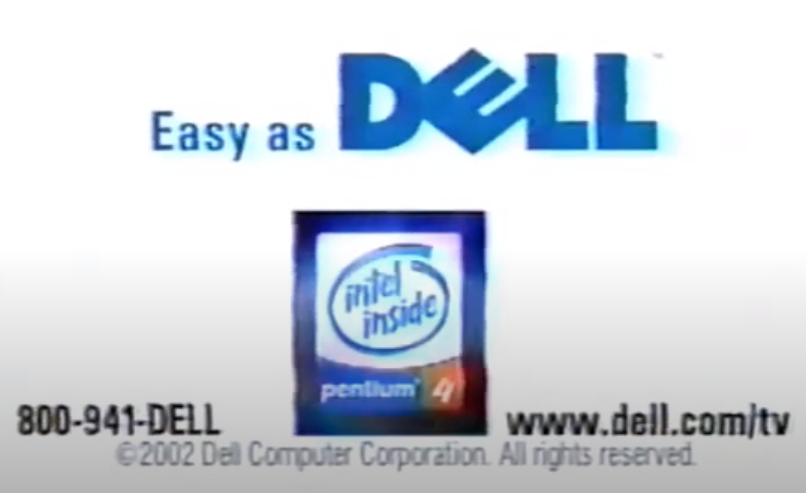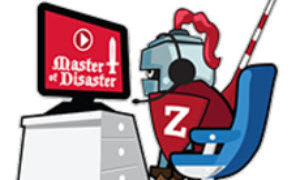I get asked what I do all the time. Lately, even more than usual due to switching employers. So I thought I might as well write a post about it… maybe it will help someone find a career they love as much as I do.
What is a Technology Alliance?
Technology Alliances, or Tech Alliances, is simply a relationship that two companies who develop complementary products form so they can work closely together to advance their products and (hopefully) generate more revenue.
My informal explination
When I need to explain what I do to family or friends I like to say that my job is to know other companies’ products as well or better than I know my own company’s’ product. I usually explain that I get to do a lot of tinkering, and lab work trying to integrate the two products as well as strategize with the product teams to help determine the best future path for the products.
But if I’m talking with a colleague I generally use a more formal answer, which I will give credit to a former manager for.
He would always explain that a great alliance is a balance of three different efforts: Co-Developing, Co-Marketing, and Co-Selling.
The best example of a great (and complete) alliance program that I can think of is Intel.
Co-Marketing and Co-Selling Masters
How many PC commercials have you seen on TV (especially if you grew up in the 90’s or 2000’s) where the end of the commercial was capped off with the Intel “chime” and the famous “Intel Inside” logo?


I bet everyone has seen at least one of these commercials. After all, HP, IBM, Gateway, Dell, etc all had them.
Do you remember any commercials featuring AMD processors? Maybe a few of you, but certainly not most people. For this reason, it’s easy to see why Intel is a master of the co-sell and co-market portions of tech alliances.
Co-Development Efforts
I haven’t forgotten about co-development though, and I’m sure you are already thinking of how Intel co-develops. In fact, they are constantly co-developing on both the software and hardware side of their business.
On the hardware side, they have worked with partners to develop things like USB, Thunderbolt, and PCIe.
On the software side, they work with partners to write drivers and software that can take advantage of their hardware. Things like Intel VTx, AVX, and even the old stuff like MMX come to mind.
Alliances are everywhere
Intel is a great tech example, but in reality, alliances are everywhere.
The last time you bought a smoke detector or some other gadget… did it come with a battery? If so… someone setup that co-sell and co-market relationship with the battery manufacturer.
So, I would argue that any company can be made better with a Tech Alliances practice.
So how did I get into Alliances
While working for Zerto I was given the opportunity to join the Tech Alliances team as an architect. My first project was Zerto + Azure. The challenge was simply to figure out how to get more customers replicating to Azure. So we needed to figure out what the blockers were for our customers.
Seems simple, just sell more right? But to actually make that happen (and have happy customers) a lot of things needed to fall into place. (I’ll skip the co-sell stuff cause I didn’t do much of that part.)
On the co-market side, we were able to create white papers, how-to guides, and even some hands-on lab environments that customers could use to familiarize themselves with both Azure and Zerto. Have you seen Zerto in the Azure marketplace? Yup, that was the tech alliance team that made it happen. Just another way we were trying to make adoption easier for customers.
On the co-develop side I created zPlanner to help customers plan for replication to the cloud. I also worked on various scripts to get Linux OSes to more easily migrate to the public cloud. These even turned into the payload that Zerto uses in its Zerto Tools for Linux scripts. (I think that it’s a pretty cool accomplishment for a guy who doesn’t consider himself a developer)
Once we got traction with many joint customers, we started to get feedback on other things that needed to be improved too. This is where the really cool stuff happens because this part of co-develop is where we started working closely with the product and development teams at Azure and Zerto.
A great example of co-development work between Zerto and Azure are the Managed Disk Incremental Snapshot APIs.
Obviously, Zerto wasn’t the only partner asking for this API, but because the Zerto alliance architect team helped to fully explain the Zerto use case we were able to get an API with exactly what we needed, and then Zerto could quickly integrate it into the product.
So, Tech Alliance Architect
It should be pretty clear by now, but what I love about tech alliance architect work is all the variety and all of the integration “building”.
Here is a partial list of what is rewarding to me:
- help drive the direction of products (both mine and partners)
- advocate on behalf of customers (to my company and partner co’s)
- advocate on behalf of my development team (to partner co’s)
- learn partner technologies
- be a part-time developer
I’m probably forgetting a lot, and I certainly wore a lot of hats at Zerto when I was on the alliances’ team, but that’s OK, it kept things fun and challenging!
In my opinion, a great tech alliances architect has to be able to be a mile wide and a mile deep on technology, and be willing to wear a lot of hats. Basically whatever it takes to make the partnership great!
I can safely say I have learned more in 3 years as an alliances architect than I have in the previous 10 years of my career. So if you love a challenge, and you love working on diverse projects, this might just be a great career path for you.
![]()




